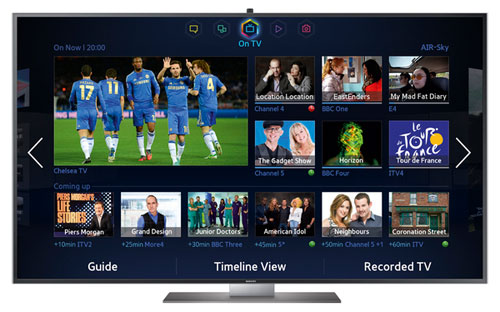With plasma TVs apparently on their last legs, and next-generation OLED displays still way too expensive for the vast majority of consumers out there, it’s looking likely that just about everyone is going to have to make do with an LED-backlit LCD TV for the time being. According to a new report from IHS, LED backlighting has become so popular that it will soon become the standard technology for liquid-crystal display manufacturers in the next couple of years, when 100% of all LCD televisions will be illuminated using it.

Currently, LED-based LCD TVs already dominate the industry, accounting for about 90% of the global market this year, with the rest using older cold-cathode fluorescent lamp (CCFL) technology. This is a far cry from just four years ago – IHS says that the “LED boom” only began in 2009, when just 3% of all LCD television models were made using the technology. However, LED’s market penetration has risen rapidly, accounting for 24% of all LCD TVs in 2010, 38% in 2011, and 71% last year. The market research firm predicts that by the end of 2016, TV manufacturers will stop using cold-cathodes completely.
Things are clearly heading this way. Japanese TV maker Sharp has already ditched cold-cathode technology, with 100% of its LCD TVs now using LED backlight, while 95% of both Samsung and LG’s LCD displays use LEDs.
Due to the saturation of LED backlight technology, LED suppliers are now looking for new markets to expand into, such as computer monitors and even standard lighting.
“Suppliers of LEDs that focus on lighting will gain greater share,” says Jamie Fox of IHS. “For example, companies like Samsung and Seoul Semiconductor, which already have a large share of the LED backlighting market, have recently shifted to lighting and seen great success, securing an increased market share.”
LEDs dominance is rapidly extending itself to the world of desktop PC monitors, as well. As of 2013, 86% of all flat-screen PC monitors are now made using LED-backlit technology, alongside 100% of tablets, notebooks and cellphones.
Unfortunately for LED suppliers, such dominance does have disadvantages – notably a decline in overall LED shipments that’s driven by a number of factors, including the rise of OLED display technologies, and a reduction in the number of LEDs needed to make each panel.
Source: IHS iSuppli

Show All Comments